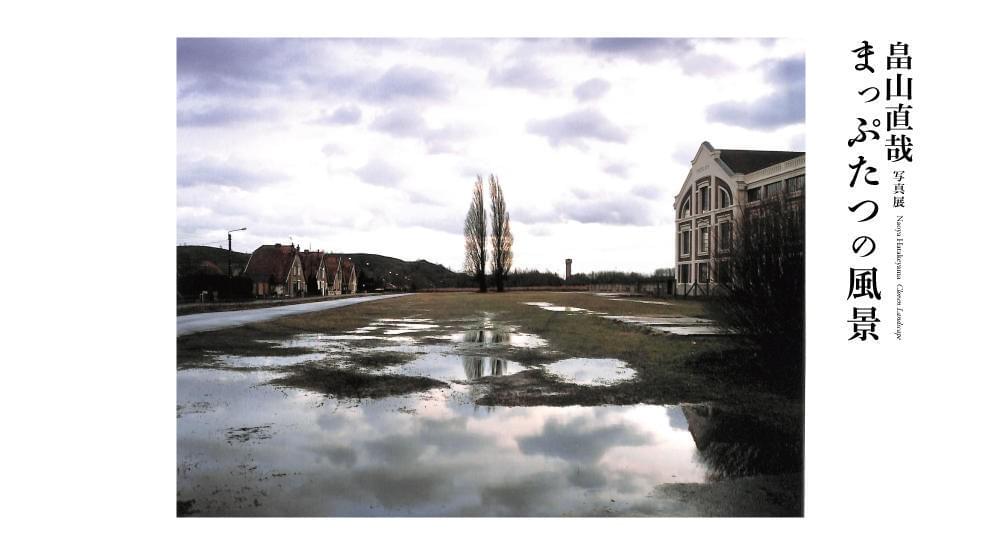Indeed, city (any city in general) is a weird type of landscape. When we speak about a city, we usually imagine buildings, bridges, roads, railways, everything that we, humans, create for ourselves. At the same time, city exists in natural landscape, rising with hills, being crossed by rivers, its’ borders sometimes disappearing slowly among meadows and woods, and sometimes ending abruptly in a sea. City incorporates parks, riversides, green areas, and our natural habitat becomes actually divided between men-made and natural, and, of course, it influences our perception of the world around us. Nature itself is divided into familiar, cultivated one as seen, for example, in parks and green areas, and mysterious, dangerous one that comes to us when we are lost in the woods or when our cities our suddenly destroyed by a natural disaster. But how about men-created landscape? Isn’t it divided, too? How familiar and tamed do limestone mines, factories, underground spaces seem for us? The places that we don’t see in our everyday lives, don’t they seem alarming, fantastic, sublime?

Naoya Hatakeyama since 1980s has been presenting us an insight into the world of unfamiliar landscapes. He introduces places that we don’t often see, or our own cities from an unusual point of view, and this is exactly what can be seen in his new exhibition “Cloven Landscape” (まっぷたつの風景) in Sendai Mediatheque.
Inspired by “The Cloven Viscount” by Italo Calvino, Hatakeyama is questioning our attitude of instantly seeing things in black and white. His works present a dichotomy - men-created landscape vs. nature, men-inhabited nature vs. men-created spaces with no people present, fierce power of nature vs. recovery, and they do present beauty in things we don’t normally consider beautiful. His photos of his hometown Rikuzentakata before and after 2011 depict numerous challenges that Tohoku face, but at the same time, they differ a lot from many other photos of tsunami affected areas that I have seen, as they capture the irrational space in-between the tsunami ruined Rikuzentakata and rebuilt Rikuzentakata, the space that disappears rapidly and (hopefully!) will never be seen again by our generation and many generations after us.
I think, this exhibition is exactly what we need in the end of year 2016 and in the beginning of year 2017 - the state where we are basically already done with the past but haven’t entered the future yet. Two landscapes. Two spaces. Two in one. Let’s enjoy the subtle, strange beauty of this state.
The exhibition can be seen until 2017.01.08
Sendai Mediatheque:
2-1 Kasugamachi, Aoba Ward, Sendai, Miyagi Prefecture
Working hours: 11:00-20:00
Closed from 29.12 to 3.01
Entrance fee - 500 yen, schoolchidren and younger - free.

